PRODUCT DESCRIPTION
Thickening additives, also known as viscosity modifying additives (VMA), stabilizing additives, viscosity-enhancing admixtures (VEA), and water retaining additives (AWA), represent one of the latest innovations in the field of concrete chemical admixtures.
Concrete serves various purposes in construction in its fresh and hardened states. The quality of hardened concrete is often influenced by the properties of fresh concrete, which in turn, impacts its durability. It is crucial to correctly proportion the concrete and maintain homogeneity during placement and compaction to prevent bleeding, segregation, honeycombing, settlement, cracking, and air voids. These factors can significantly diminish the quality and durability of hardened concrete.
Through advancements in concrete technology and the meticulous selection of its components, the properties of concrete meet the specific requirements of individual projects. This allows for faster construction, more efficient structures, increased reliability, higher ultimate strength, and accelerated attainment of strength compared to traditional methods. Modern concretes, such as self-compacting concrete, high-performance concrete, underwater concrete, and pumpable concrete, exhibit greater sensitivity to variations in material properties and fluctuations during production than conventional concrete.
Workshop-produced concrete products encounter challenges in achieving uniform production due to daily changes in moisture content, aggregate granularity, and the fine grains of sand. By incorporating viscosity-modifying admixtures (VMA), the resulting concrete becomes more resilient to fluctuations in concrete ingredients and workshop conditions. Consequently, it becomes easier to control the quality of concrete using thickening materials and work with this type of concrete in a workshop environment.
Concrete formulations that incorporate viscosity-modifying admixture materials exhibit improved bond strength with rebars. One particular concern in deep concrete beams is the “effect of the upper rebar.” This phenomenon arises in structures with significant depth, where water leakage from the concrete reduces the bond strength of horizontal rebars positioned near the top of the cross-section compared to the lower reinforcements near the base. Utilizing viscosity-modifying admixtures and appropriate formulations can mitigate the effect of the upper reinforcement by minimizing water loss and enhancing the interface between the reinforcement and concrete.
Features
- Reduction of segregation in concrete with high fluidity
- Reduction of Scouring in underwater concreting
- Reduction of segregation in pumped concrete.
- Compensating for the lack of filler in sand
- The possibility of reducing the powder content in self-compacting concrete
- Reduction of bleeding of concrete
- Improving strength before curing in semi-dry concrete
- Less sensitivity to changes in moisture content of aggregates
- Providing stability for further injection of the mixture without the risk of separation
- Reduction of molding pressure due to thixotropic effect
- Making concrete more durable
- Reducing the environmental risks caused by the washing of cement particles
- Non-blocking due to concrete remaining fluid, homogeneous and resistant to separation even under high pressure pumping
- When used in combination with super-plasticizer additives, it increases output to create optimal pumping pressure
- Reduction of wear due to the plasticizer effect of additives
- Reduction of sagging and dimensional stability of concrete components
Applications
- Construction of self-compacting concrete
- Concrete under water
- Low cement SCC concrete mix designs
- High strength concrete
- High durability concrete
- Precast concrete
- Bulk concrete
- Porous concrete
- Powdered concrete
- Sprayed concrete
- Semi-dry concrete
- Architectural concrete with coarse aggregate on the surface
- Prestressed concrete
- Grout injection
- Covering tunnels
- Structural grout (to provide a smooth and flat surface for the base of machines)
Packaging
- –
Colour
- Cream
technical specifications
|
Color |
cream |
| Physical base |
liquid |
|
density |
1.074 |
| Chloride |
Less than 0.1 |
- Familiarize yourself with the product: Understand the properties and application guidelines of the specific VMA™ product.
- Conduct material testing: Perform tests to assess compatibility and determine optimal dosage of VMA™.
- Design concrete mixtures: Incorporate VMA™ into mix designs to meet project requirements.
- Collaborate with suppliers: Seek supplier expertise for guidance and troubleshooting.
Quality control during production: Implement rigorous measures to maintain the desired rheology. - Field trials and performance evaluation: Validate VMA™’s effectiveness in real-world conditions and adjust if needed.
- Document and share experiences: Maintain records and share information to enhance understanding.
- Stay updated with advancements: Stay informed about the latest VMA™ technology and industry practices.
- Understand the VMA™ product: Familiarize yourself with its properties and guidelines.
- Communication with engineers and designers: Maintain open communication and discuss project requirements.
- Training and education: Provide proper training on handling and use of VMA™.
- Admixture dosing and mixing: Follow recommended dosage rates and ensure thorough mixing.
- Quality control and testing: Implement procedures to monitor concrete properties.
- Equipment considerations: Evaluate equipment suitability and adjust settings as needed.
- Collaboration with suppliers: Seek supplier expertise for troubleshooting and optimization.
- Proper curing and protection: Follow recommended curing procedures and protect concrete.
- Record keeping: Maintain detailed records of VMA™ usage.
- Continuous improvement: Learn from the experience and stay updated with industry advancements.
Additive Consumption Amount:
The typical dosage range for viscosity-modifying admixtures is 400 to 2000 ml per 100 kg of cement. The consumption amount of this additive is influenced by factors such as slump, ambient air, temperature, additional pozzolanic materials, mixing time, and type of cement. It is essential to avoid excessive consumption, as it can result in reduced initial efficiency and slower concreting speed. Conducting trial mixes is recommended to determine the optimal dosage for achieving the desired concrete performance.
Additive Mixing:
When using viscosity-modifying admixtures, they should be added to the mixture at the end after all other ingredients have been mixed.
- Familiarize with VMA™: Understand the specific product, its properties, dosage rates, and guidelines.
- Establish quality control procedures: Develop procedures for monitoring VMA™-modified concrete throughout production.
- Raw material testing: Regularly test and verify the quality of cement, aggregates, water, and VMA™.
- Dosage verification: Ensure accurate measurement and verification of VMA™ dosage.
- Concrete mix design: Create mix designs with appropriate VMA™ proportions and conduct trial mixes.
- Consistency checks: Regularly assess workability and flow characteristics of VMA™-modified concrete.
- Quality during placement: Monitor concrete quality during placement, addressing issues promptly.
- Curing and strength development: Implement proper curing methods for VMA™-modified concrete.
- Testing and documentation: Conduct regular tests, document results, and maintain comprehensive records.
- Evaluation and improvement: Continuously evaluate performance and use insights to enhance quality control processes.
technical documents
Photo Gallery
Technical documentation request




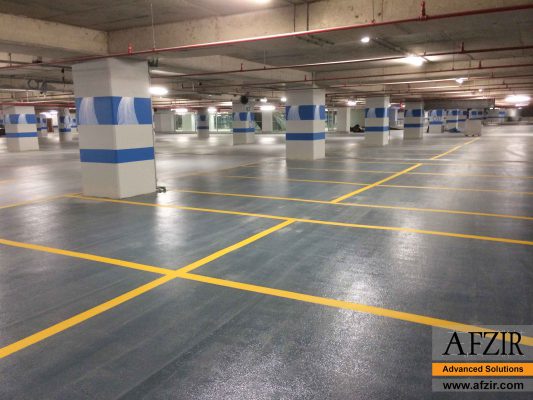











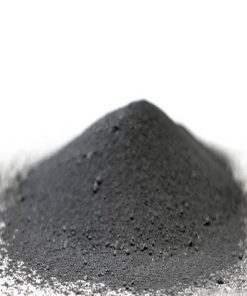
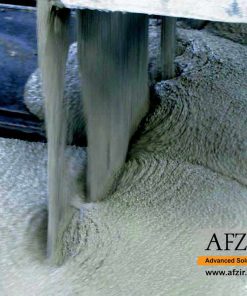
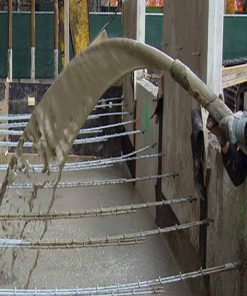
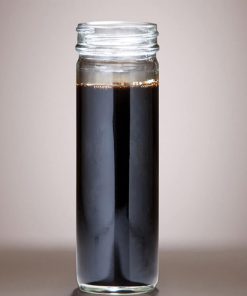
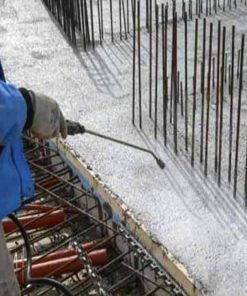




Be the first to review “Viscosity Modifying Admixture”